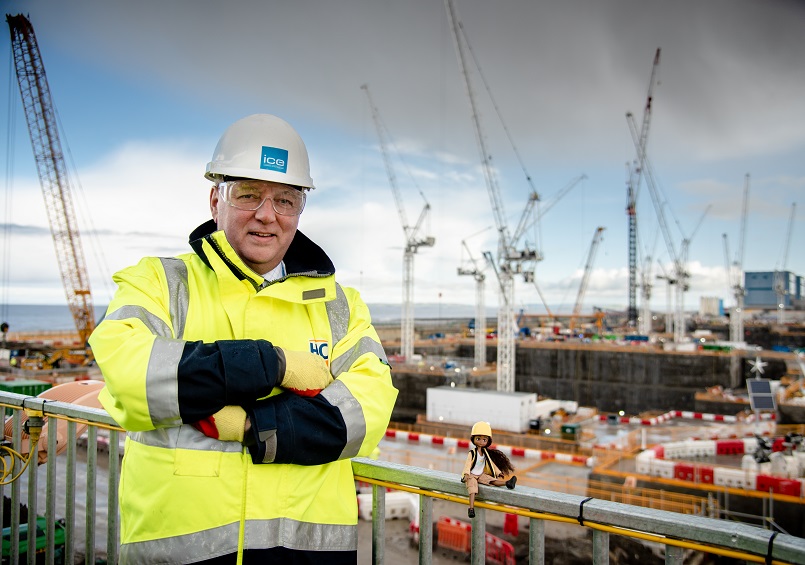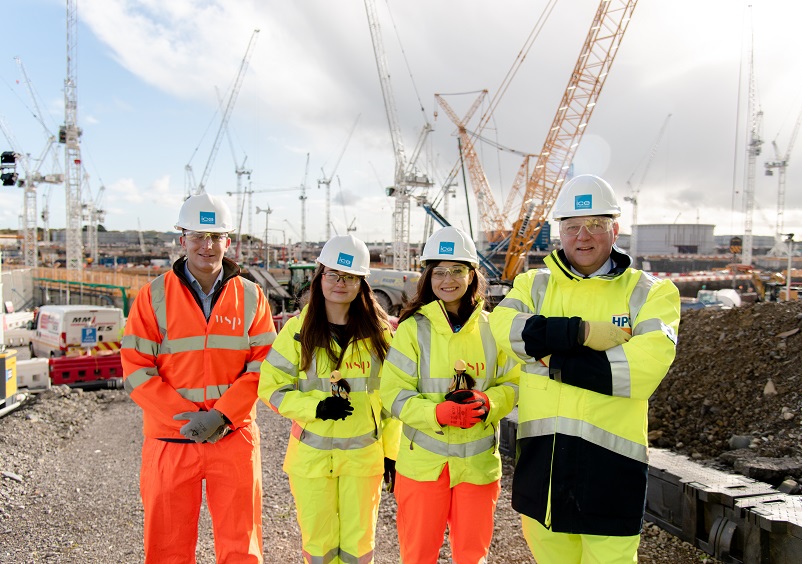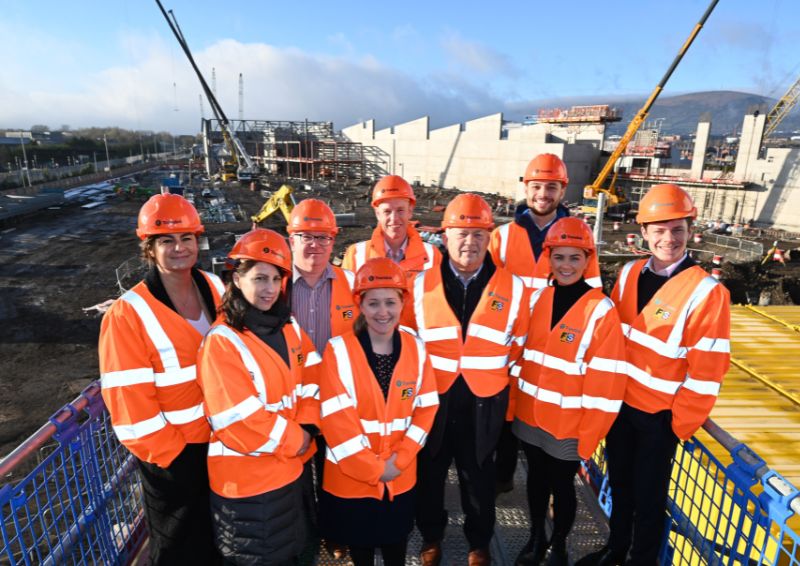ICE director general and secretary Nick Baveystock is preparing to step down from his role in late January. He will hand over the reins to Cabinet Office head of government property profession Janet Young. As he does so, he reflects on the unanticipated 11 year civilian part of his career to date. Before joining the ICE, Baveystock had spent nearly 30 years in the British Army’s Royal Engineers and was not looking to leave and join civilian life. Nonetheless, the ICE managed to lure him away from the military with the prospect of joining an organisation that could “do a lot of good”. Before the role at the ICE was offered to Baveystock, he was running the Royal School of Military Engineering PPP where he was leading on the construction of new infrastructure for the Army. The programme was valued at £3.5bn over the 30 year contract. He believes that this work, along with delivering reconstruction work in southern Iraq during the second Iraq war and gaining ICE Fellowship in 2007 were major factors which led the Institution to approach him for its director general and secretary role in 2011. “I was already selected for another Army job when the headhunter’s call came,” says Baveystock. But curiosity got him to the interview stage for the ICE job. It was then that his eyes were opened to the potential benefit that civil engineering as a whole and ICE members in particular could offer to society.

Leading the profession
After becoming jaded by overseas tours with the Army, Baveystock decided he wanted to be part of leading the profession to do more good work. “If the ICE is clever, it can do good. A lot of good,” he says. “The ICE has a global reach and its members are passionate about what they do. And they also care.” When he took on the role, Baveystock also felt the Institution could benefit from his business management and leadership skills. He describes much of his role as stakeholder management. “There are a lot of people to keep happy but there are a lot of people that give their time willingly and you need to nurture and appreciate that.” Looking back over his 11 year career with the ICE, it is clear that Baveystock is proud of his work to put the Institution on a more even keel financially. He says it took until 2019 to achieve the financial reserves needed to run the ICE sustainably. This financial stability was vital during the peak of the pandemic when it was impossible to hold physical meetings and the ICE’s revenues from hosting external events at One Great George Street dried up. Nonetheless, while the ICE’s financial stability is important, Baveystock says that the Institution had defined its success too firmly around the number of members and the financials. While he says these are important, he says the Institution’s success should be “all about what we want to do and what we achieve”. He believes that the people focus that comes with this definition of success now extends all through the ICE. He adds that current ICE President Keith Howells’ focus on the United Nations Sustainable Development Goals is a “really good mechanism” to drive that through the whole industry. The ICE has also broadened its focus to become more global in its outlook over the last decade. It has always had overseas members but is now able to interact with them in a way that was never possible in the past. Baveystock adds: “The pandemic was horrendous but it forced the ICE onto a digital trajectory much sooner than it would have done without the pandemic. It means we can talk to many more people and it has really helped with bringing that global insight together.”
Digital by default
He describes the ICE’s approach to its engagement with members and to sharing knowledge as being “digital by default” following the pandemic. He points to the update of former Lord Mayor of London and civil engineer Sir Michael Bear’s Enabling better infrastructure report for the ICE that is underway at the moment as an example of the improved global interaction between ICE members. The document is focused on ensuring that the civil engineering industry delivers infrastructure that truly meets the needs of society. “The original 2019 report produced a good result but used a very traditional approach,” Baveystock explains. “Now we are working on the next stage of the report and, by having a digital underpinning architecture, we can bring people in from right around the world and bring together international expertise.” Alongside the improved communication with overseas members, the ICE has also become more global in its interactions with governments over the last decade.“The ICE is now leading global debate and adding real value to that global conversation in a way we weren’t 10 years ago,” says Baveystock.

Growing global reach
The impact of this growing global reach was seen as the ICE marked its 200th anniversary in 2018 – clearly a highlight of Baveystock’s time with the Institution. “A lot of effort went into marking that anniversary and it is easy to forget what we achieved,” he says. “We had an exhibition, a global conference, a national day of engineering, a service in Westminster Abbey and events all the way around the world.” It was only when the first event to mark the anniversary was held in Hong Kong that Baveystock realised that the celebration was going to be much larger than he anticipated. But the key lesson that he drew from the series of anniversary events – and he says this is key lesson for all ICE members – was the importance of communicating with the public. “If you talk to the public about things they care about in a language they understand and explain the trade-offs [of civil engineering work] they are really engaged,” he says. “And we forget that at our peril.” As he steps away from the ICE, Baveystock believes the Institution is in a better position than 10 years ago. “Some of that is from circumstance and some of it is from being bolder and ambitious,” he says. Nonetheless, he considers there are challenges ahead for the ICE itself and the profession as both look to address climate change, growing urbanisation and the need to assure competency, among other matters. But what comes next is in the hands of Young and the Institution’s members.


Recent Comments